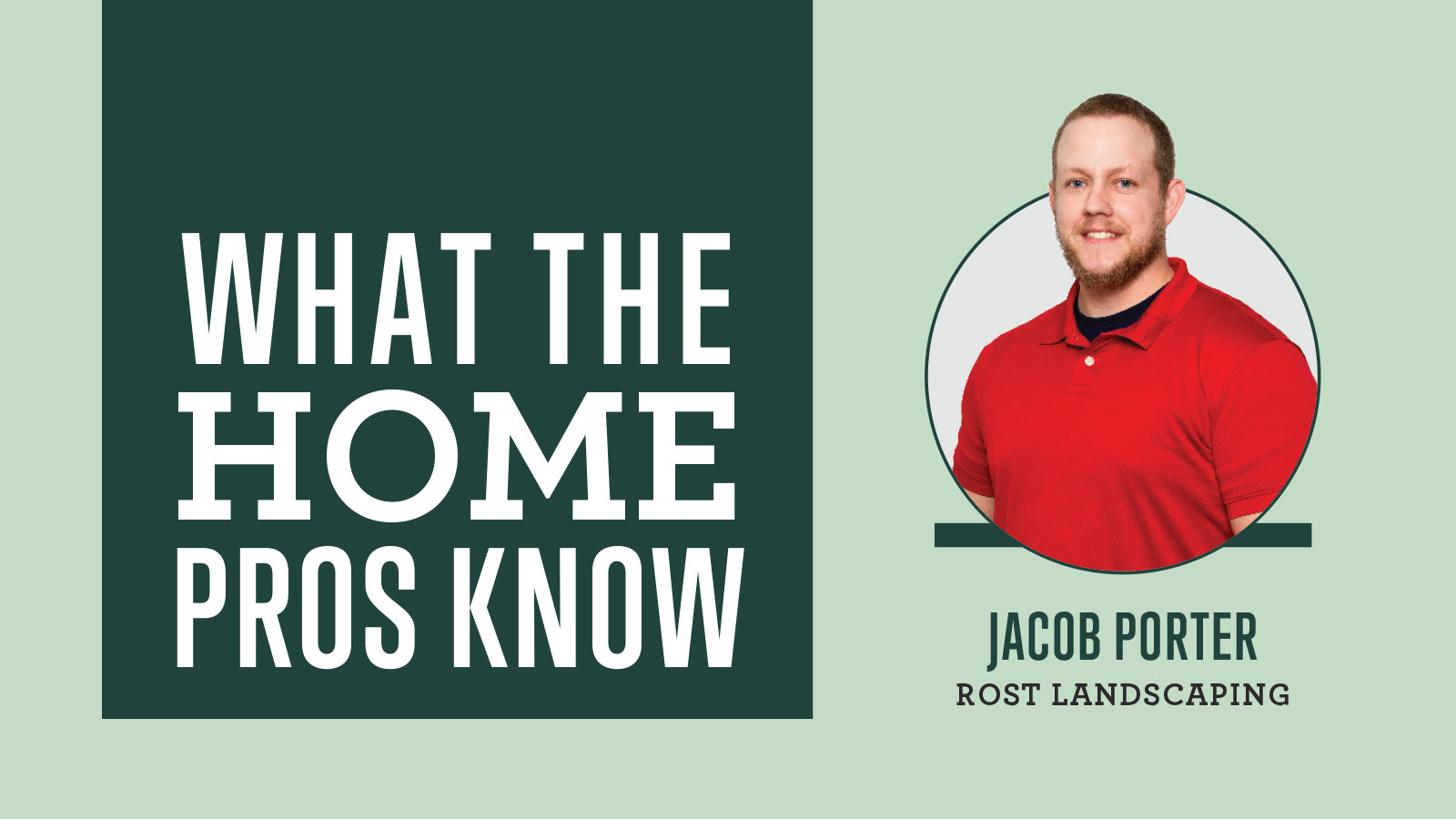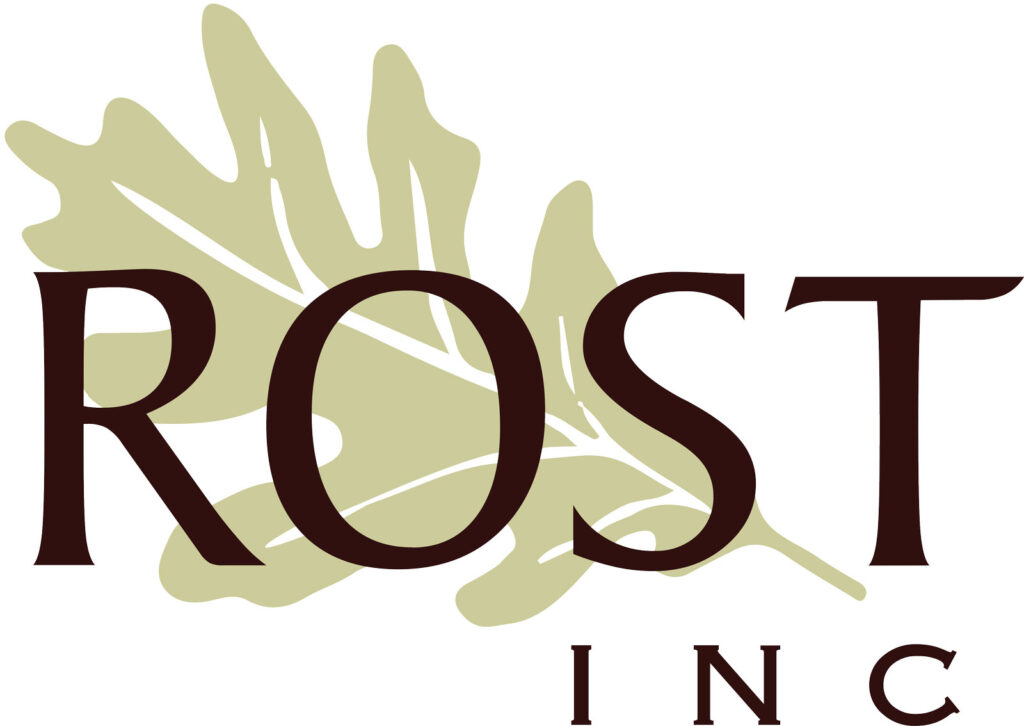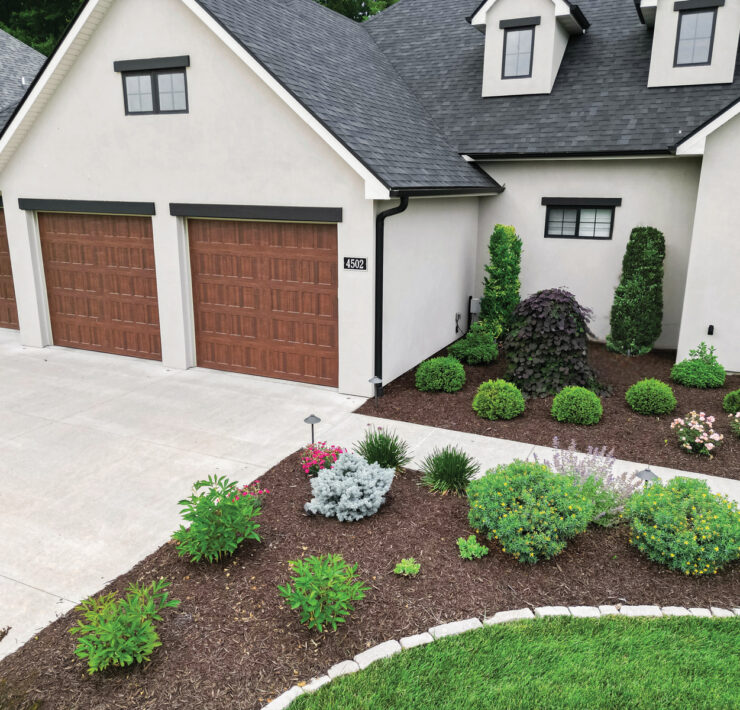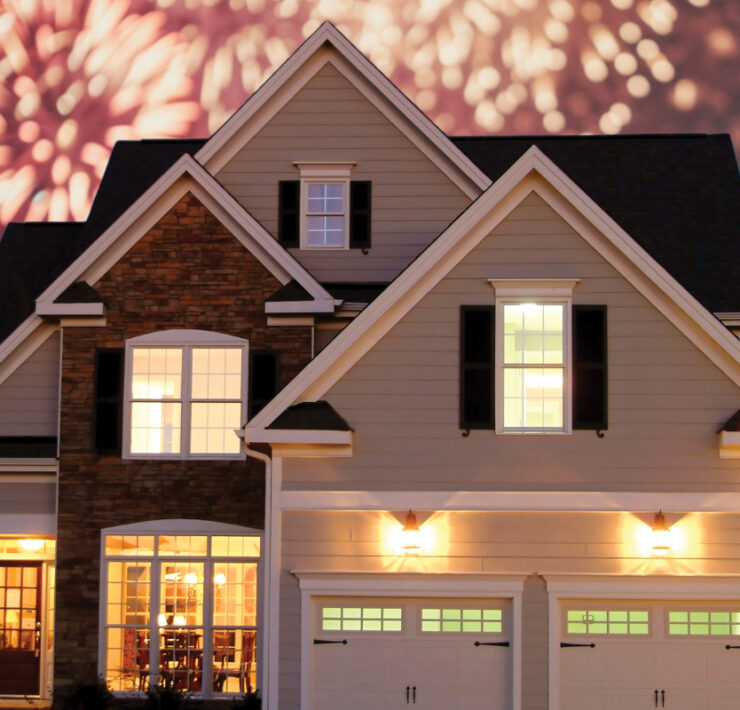Shade Trees for Fall Color

As we get requests to create planting designs for clients, adding color through the seasons is high on many priority lists. When adding color, most people are focused on the flowering color that various trees and shrubs can provide. While that is the most common way to add color to the landscape, we cannot forget about foliage and the colors leaves can provide throughout the year. The color shade trees provide in fall make it one of the most beautiful times of the year. There are trees that show varying shades of red, orange, and yellow and even a few with purple leaves. This article highlights a few of the options available in those colors. Several of the trees mentioned can show shades of multiple colors in addition to the color they are listed under. Keep in mind, these are just shade tree options. Ornamental trees and shrubs also can provide excellent seasonal foliage color.
Red
Red maples tend to be the most used tree to incorporate red autumn colors. Red maples grow large and provide good shade and visual coverage in addition to the foliage color. A couple of great varieties to choose from would be Red Pointe and Sun Valley red maples.
Frontier elms are another great shade tree that has a darker red fall color. These elms are smaller than other elms, which make them good to use in urban landscapes where planting area may be limited.
Yellow
When yellow is the desired color for fall, a Ginkgo is one of the best options to choose. Their fan-like leaves are one-of-a-kind and provide plenty of shade throughout most of the year and have outstanding gold foliage in autumn.
Opposite of the Frontier elm, Princeton and Triumph elms are larger varieties that turn shades of yellow later in the year.
River birch also provide great yellow fall color in addition to the exfoliating bark that they display all year. River birch can also be planted in wet areas if that’s something you have to consider.
Orange
‘Fall Fiesta’ sugar maples provide some of the best orange fall color in our opinion. They do have shades of red and yellow, but the orange stands out the most. Be sure to carefully consider when planting these trees though. Sugar maples tend to do better in areas that are not heavily irrigated or compacted.
Purple
There are not many shade trees that stand out with purple as the dominant Fall color. Black gum and sweetgum trees are a couple types that display multiple colors, but also have some purple come through in autumn. These can help give a variety of colors in one tree. If you’re hesitant when we mention sweetgum, we understand. However, there are many varieties that have been bred to be seedless.
Landscape designers will always consider shade trees and incorporate them into your design. And if you’re looking to DIY, hopefully this gives you some inspiration. Remember, now is a great time to plant trees!

Jacob comes from the small town of California, Missouri. With his plant science degree from MU and six years with Rost, he enjoys creating exciting outdoor spaces for his clients. Watching these creations come to life is only one highlight of being a designer for Rost. When he is not designing, he loves spending time with his wife and kids, tournament bass fishing, and doing a little bit of woodworking.

(573) 445-4465
rostlandscaping.com








